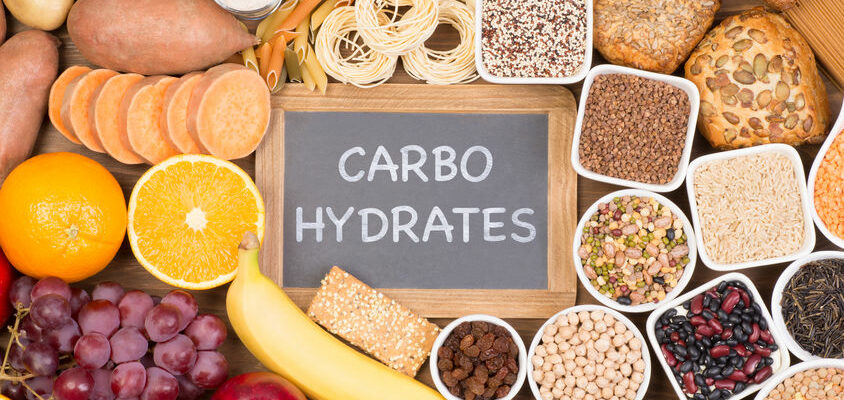
If you are looking to make healthier diet choices and hoping your kids will do the same, you may have run into some roadblocks. Unfortunately, getting kids to love vegetables can sometimes be a tall order. So, we asked an expert for advice, The Cardamom aka Alicia “Chacha” Miller a Registered Dietitian Nutritionist. Chacha specializes in maternal and pediatric nutrition, general wellness, and chronic disease prevention. Not to mention she is passionate about feeding little ones and making sure they get exposure to the nutrition they need from the start. Let’s see what advice she has to offer parents struggling with picky eaters.
How soon should parents start trying to introduce more vegetables into a picky eater’s diet? What tips would you offer?
When it comes to feeding children it is critical to offer your child a variety of foods from all food groups early and often. While there are some children whose picky eating goes beyond what would be considered “normal” picky eating, for a lot of kids (toddlers in particular) consistent and frequent exposure without pressure is what may lead to the greatest success in terms of acceptance.
Vegetables can be challenging for a lot of toddlers and children because they aren’t all naturally sweet, some of them have bitter or more earthy flavors, and depending upon how they’re prepared they can be inconsistent in terms of texture. A few ways to make them more appealing to help your child learn to enjoy them are:
- Introduce them early and often. Repeat exposure is a valuable part of the process. Studies show it can take from 8-15 (or more!) exposures for a child to accept a new food. Your child can’t learn to like it if they never have an opportunity to experience it and develop that preference.
- Offering without pressure is important. Studies show that kids who are pressured to eat more often do the exact opposite and eat less. If your child doesn’t want to eat something, sometimes the best response is “ok”. Something to keep in mind is that the typical picky eating phase occurs during a time when children are learning to assert themselves and have autonomous thoughts and opinions. In general, children can’t control much that goes on in their lives, however, they can control what they eat. So what may look like picky or selective eating is really just an exercise in decision-making and practicing autonomy.
- Helping your child develop descriptive language around food to communicate what they’re experiencing can take the focus off of whether or not your child is eating the food and instead brings it to how they are experiencing the food with all of their other senses. You can ask questions like what color is it? What shape is it? Do you think it will make a big crunch if we snap it in half? Does it feel sticky or cold? These words are great for language development in general but can also help your child better describe their preferences when it comes to food.
- Giving your child a choice between two vegetables like broccoli or carrots helps them assert their autonomy and practice their decision-making skills. Giving your child structured options may help them feel empowered and in control of the situation, thus more likely to engage with that food once it appears on their plate.
- Don’t overwhelm your kiddo with a heaping portion of something new or a previously rejected food. Start small. One broccoli floret is much more approachable than an entire plate full.
What are some tried and true ways to get picky eaters to warm up to vegetables?
There are several strategies that can be used to help selective eaters become more accepting of vegetables or other new foods, however, every child is different so no one strategy is guaranteed. The best way to help a more selective eater develop an interest in new or previously rejected foods is by appealing to their interests and figuring out what sparks their curiosity. For example, if you have a child that has a big interest in cars then cutting a sweet potato in rounds that liken wheels instead of wedges may be more appealing and may be more likely to spark curiosity and interest. Outside of that, you can utilize strategies like food play, continued exposure without pressure, or serving the vegetable in a variety of ways to discover what preparation method appeals to your child the most.
Making food fun is a popular recommendation for little ones struggling to get their daily servings of veggies. How would you suggest parents play with food to make vegetables seem less icky?
Food play is one of my favorite ways to encourage new food acceptance. Also, it takes the pressure off of meal time. Food play could look like making art with food, using toy food, reading books about foods from different cultures or even playing eye spy at the grocery store. Furthermore, food play helps to introduce new foods to a child in a no-pressure way and also gives them a valuable point of reference. Last but not least, food play is an excellent way to spark conversation and curiosity about new foods before it shows up on your child’s plate.
We loved your suggestions on how to approach plating to change kids’ views on healthy versus unhealthy. What are some of your favorite ways to plate veggies to make them more appetizing?
Vegetables often get a bad rap but most of them have such versatility and can be presented in a number of different ways. You can offer them:
- served with dips
- make them crispy or crunchy
- grill or bake them
- make them into chips or fries
- season them!
- add butter & salt
- you can also make them more fun & enticing by cutting them into shapes using mini cookie cutters or a crinkle cutter or by using food picks
Would you say that getting children involved in food prep can help change their perspectives on nutrition?
Involving your child in food prep is a valuable opportunity for exposure and an excellent way to help them feel a sense of ownership and pride over a particular dish, which may help support their desire to experience the dish by tasting it. The goal is to spark interest and curiosity in a no-pressure way that encourages your child to explore new foods in a way that feels comfortable to them. As a parent or caregiver, you should be seeking to provide a safe and supportive environment for food exploration where the child feels comfortable enough to make autonomous decisions about the foods that they choose to put into their body (or not put in their body!). Aside from that, teaching your kids how to operate independently in the kitchen is a valuable life skill that will benefit them beyond childhood and well into adulthood.
Want to learn more about Chacha’s services? Book a consultation with her today!
Ashuni Pérez is a writer in the culinary, as well as health and wellness industries. With a background in teaching and digital media, she loves to learn and help others discover more about their food, where it comes from, and how best to prepare it. A foodie through and through, she is always searching for new recipes and the freshest ingredients.











Leave A Comment